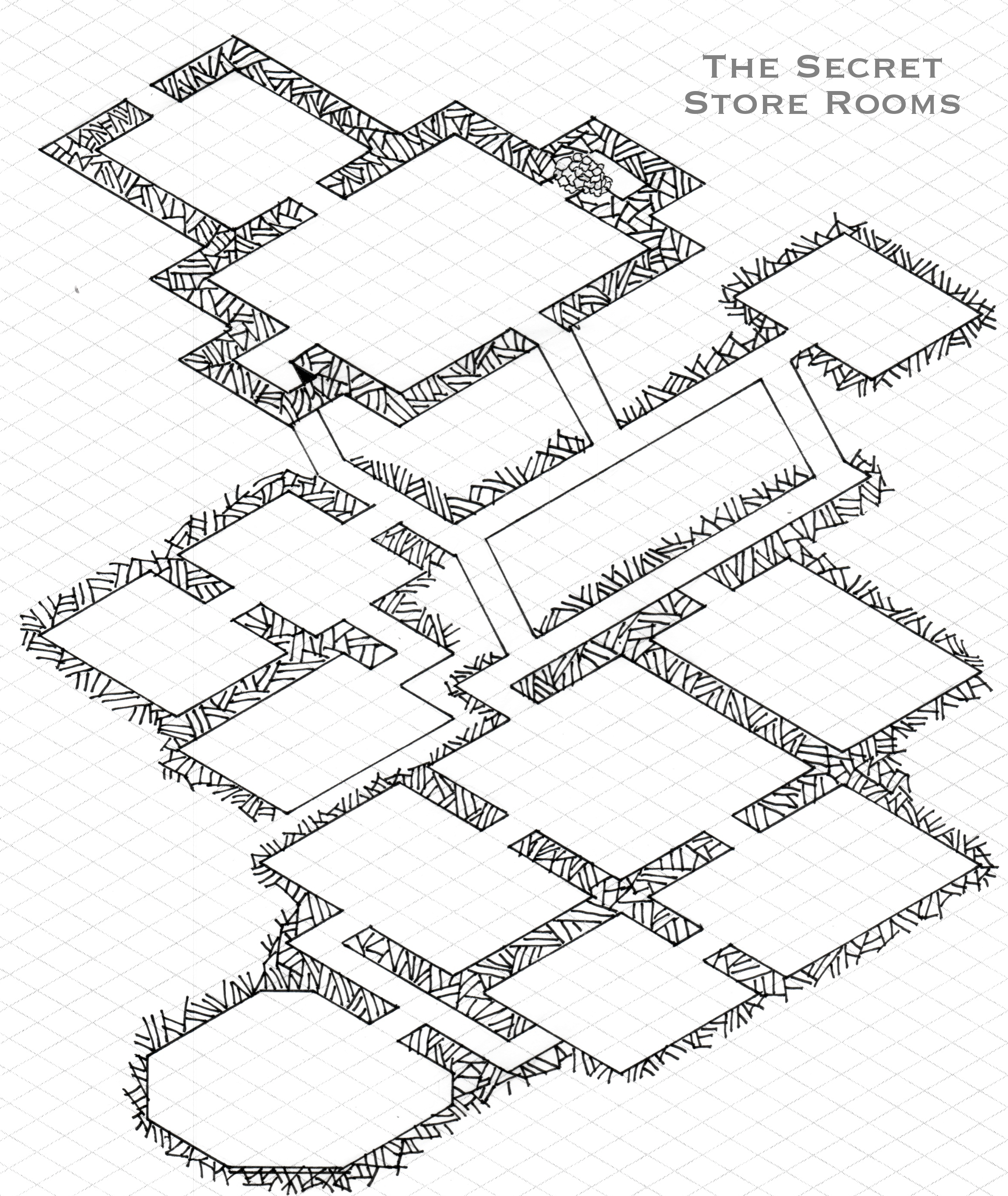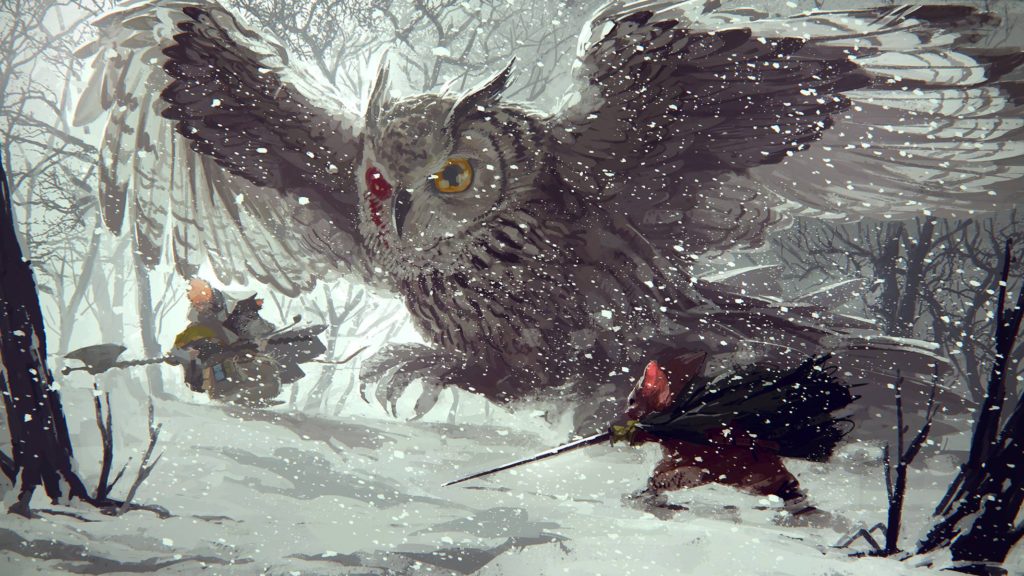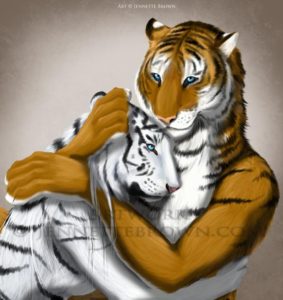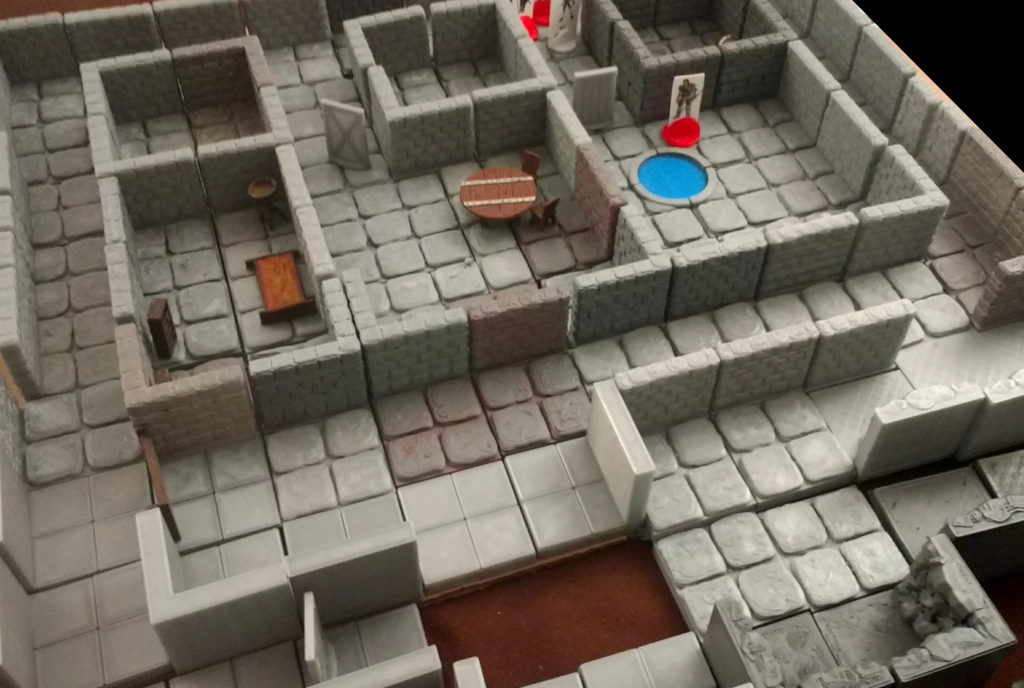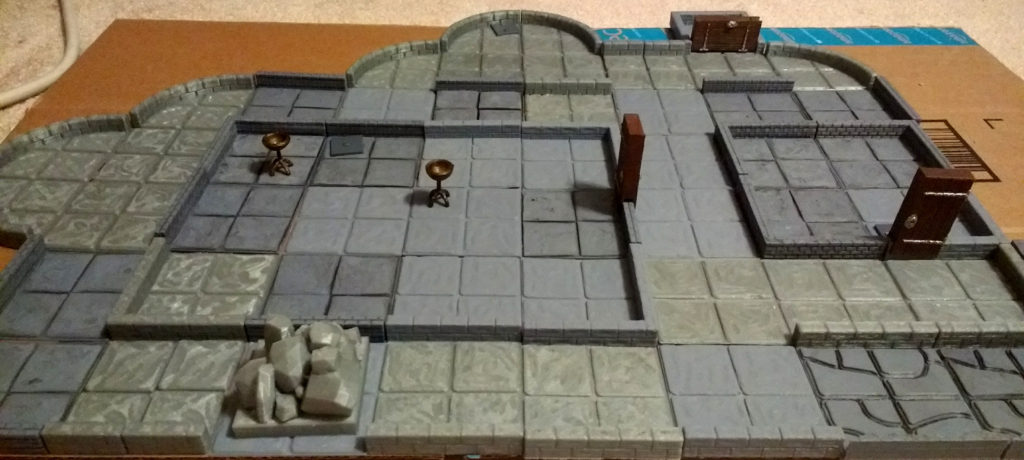A lot of 200 Word RPGs lack useful randomization mechanics. You may roll a die, but even there, the result is a normal pass/fail. Today’s RPG, Nathan Knaack‘s Normaleware, is an exception.
To start, I love that this game about androids infiltrating humanity not only includes Asimov’s Three Laws of Robotics, but it condenses them while keeping their clarity. I also love that character creation — rolling on two tables — doesn’t just happen once. Both are re-used later in the game, one to resolve risky actions and another if your android is discovered.
But more importantly, this game executes on its premise. Your android has an objective, but every objective is very human: love, respect, fame, trust. You also have access to certain programs, but in risky situations the dice may make you do something different. After all, you’re not human; maybe you mis-read the situation.
Here’s what really impresses me: if you roll poorly and the dice point you to a different course of action, you can accept that action with its consequences and earn data (free re-rolls on later risky actions). You can also choose to just fail.
Why am I so impressed by this? You never reach that situation so common in RPGs, where you’re trying to bash down a door, and you simply fail to bash it down. The game’s always suggesting another course of action, which keeps the story moving.
Even more interesting: probability tells us that you have only one in three chance of succeeding in risky actions. This will drive you to avoid risk, despite the inherent riskiness of infiltrating humanity and accomplishing very human goals.
Brilliant.
Normaleware by Nathan Knaack:
You’re an android infiltrating humanity, but you must obey Asimov’s Three Laws of Robotics:
1. Don’t let humans get hurt
2. Obey humans unless it breaks the first law
3. Defend yourself unless it breaks the other laws
Roll for your directive. You win when all androids achieve their objectives. The narrator determines success criteria.
1. Love
2. Respect
3. Wealth
4. Fame
5. Power
6. Trust
You have six programs in your matrix. Circle one from each category. After each scene you can change one.
1. Empathize, Seduce, Coerce
2. Build, Repair, Design
3. Steal, Cheat, Bargain
4. Perform, Gossip, Boast
5. Pander, Blame, Promise
6. Lie, Mitigate, Confide
For risky actions, roll twice on your program matrix. If either result supports your intent, you succeed. If neither does, but you accept the consequences, you earn data. You can also just fail. Roll thrice with advantage, once with disadvantage.
Data is used for rerolls. You can also reroll by giving the narrator bugs, used to make you reroll something. You start with 3 data and can store up to 10. You can give data to other androids.
If anyone discovers what you are, lose all data and reroll objective.
.


